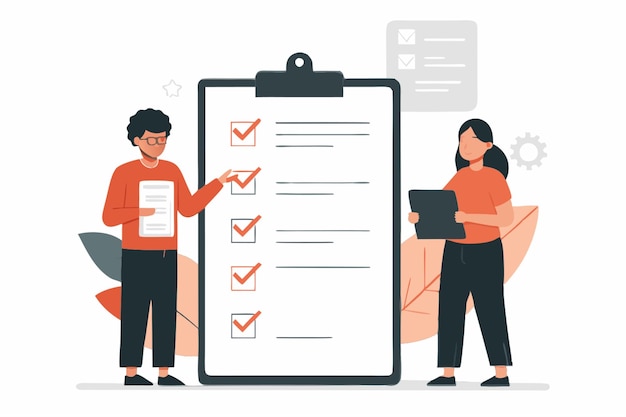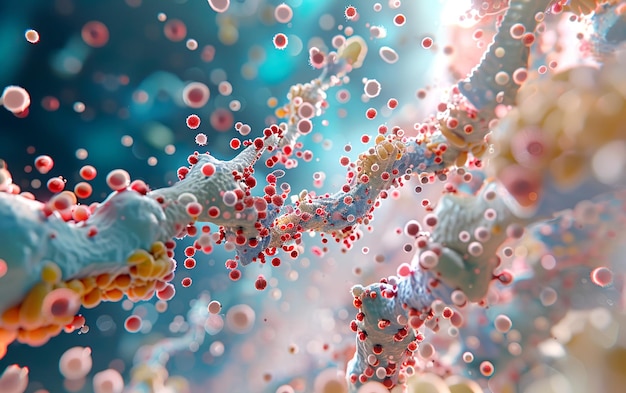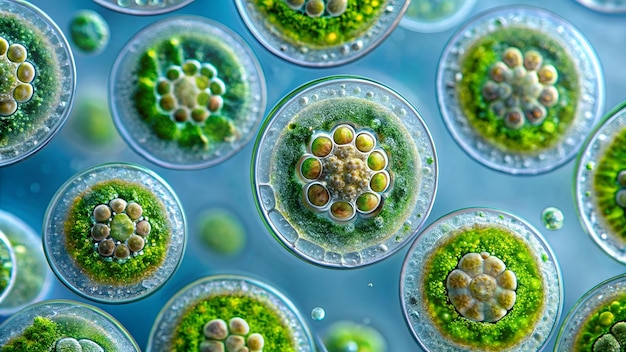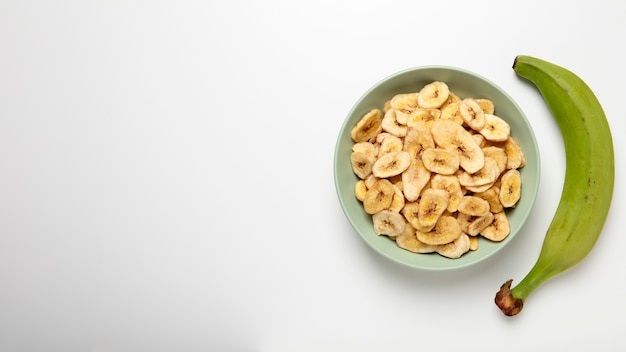Breast self-examinations are a crucial way to catch breast cancer early. This simple check helps you get to know how your breasts normally look and feel, making it easier to spot any unusual changes.
Regular self-exams help you become familiar with the normal look and feel of your breasts so you can quickly detect any changes. The most common sign of a potential tumor is a lump, which is usually not painful but can be felt or even seen. Keep an eye on your nipples too; changes like retraction, increased protrusion, or fluid secretion can be warning signs. Note any skin changes, especially if they only affect one breast. Frequent self-exams allow you to monitor your breast tissue and spot new lumps or hard areas.
Breast cancer is the most prevalent cancer among women. It happens when some breast cells grow uncontrollably, forming a tumor in the mammary gland. These tumors can be benign, like fibroadenomas or cysts, or malignant, which means they can spread to other parts of the body. Early detection is key and can be achieved through regular mammograms and check-ups tailored to age and personal history. Treatment options, which depend on how advanced the cancer is, include surgery, chemotherapy, radiation, hormone therapy, and biological therapies.
Start doing breast self-examinations monthly from age 20, ideally one week after your menstrual cycle ends when hormonal changes are minimal. If you’re pregnant or in menopause, the timing is less critical, but be vigilant about other signs like skin changes, nipple discharge, or changes in breast shape, and consult a doctor if necessary.
A self-exam has two steps: observation and feeling.
Observation: Stand in front of a mirror with your arms at your sides, then with your arms raised, and finally with hands pressed against your forehead and chest muscles contracted. Look for changes in the shape of your breasts, skin color, cracked nipples, and any skin dimples or ulcers.
Palpation: Use the inner part of your three joined fingertips to feel your breast in small, circular motions, covering all parts of the breast with increasing pressure.
Be alert to changes in the size and shape of your breasts, lumps in the breast or armpit, nipple discharge, and skin or nipple changes such as rashes or unexplained pain. Remember, self-exams are not a replacement for clinical exams or mammograms, but they can help detect issues early. If you find anything unusual, see a healthcare professional without delay.







